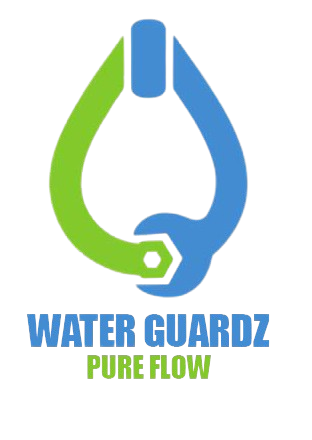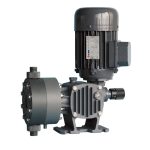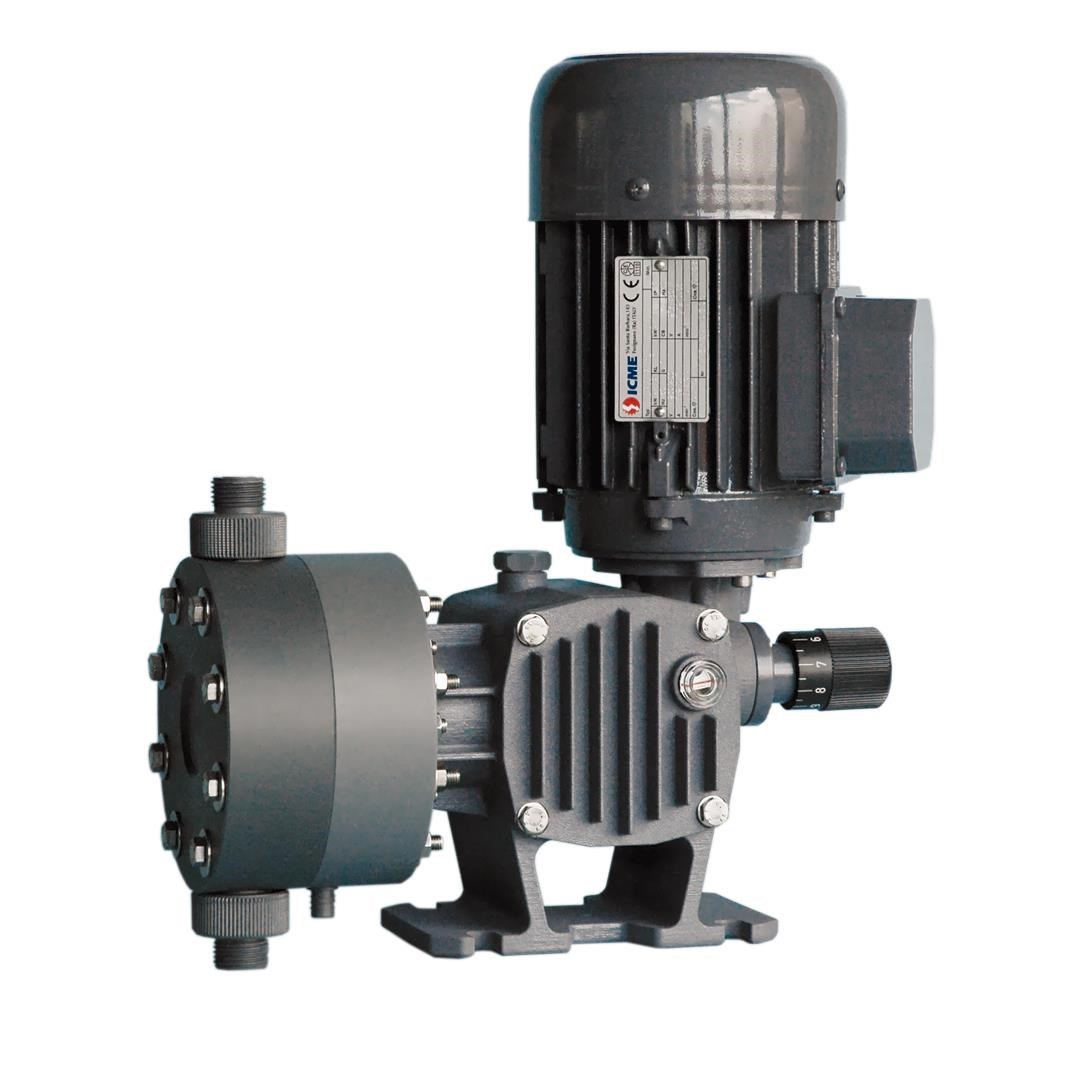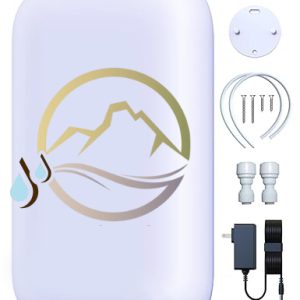Description
Dosing pumps are precision instruments used to inject precise amounts of liquid or chemical additives into a system. They are commonly used in industries such as water treatment, pharmaceuticals, food and beverage, and agriculture. Dosing pumps ensure accurate and consistent delivery of substances, improving efficiency and process control.
1. Types of Dosing Pumps
There are several types of dosing pumps, each designed for specific applications. The most common types include:
- Diaphragm Pumps: These pumps use a diaphragm to create suction and pressure, allowing for accurate dosing. They are commonly used in chemical dosing applications.
- Peristaltic Pumps: Using rollers to squeeze a tube, peristaltic pumps push liquids through the system, providing accurate and hygienic dosing. They are often used in food, beverage, and pharmaceutical industries.
- Piston Pumps: Piston pumps utilize a piston to push fluid through the system. They are typically used in high-pressure dosing applications.
- Plunger Pumps: Similar to piston pumps, plunger pumps use a plunger to push liquid, offering high accuracy and pressure for various dosing needs.
2. Features and Benefits
Dosing pumps come with a range of features that make them highly effective in their applications:
- Accuracy: Dosing pumps are designed to provide precise control over the amount of liquid dispensed, which is critical in industries where precise chemical dosages are required.
- Adjustable Flow Rates: Many dosing pumps allow for adjustable flow rates, providing flexibility in a variety of applications.
- Durability: Built to withstand harsh environments and chemicals, dosing pumps are constructed with robust materials for longevity and reliability.
- Ease of Integration: Dosing pumps can be easily integrated into automated systems for seamless operation.
3. Applications
Dosing pumps are widely used across multiple industries:
- Water Treatment: For adding chemicals such as chlorine or pH adjusters to ensure water quality.
- Food and Beverage: To add flavorings, preservatives, or other ingredients in precise amounts.
- Agriculture: For applying fertilizers and pesticides in controlled amounts.
- Pharmaceuticals: Ensuring accurate delivery of ingredients in production processes.
4. Maintenance and Calibration
Proper maintenance and calibration are crucial for the optimal performance of dosing pumps:
- Regular Inspection: Check for wear and tear, leaks, or clogs to ensure reliable operation.
- Calibration: Periodically calibrate dosing pumps to maintain dosing accuracy.
- Cleaning: Clean the pump to prevent buildup of residues that may affect performance.
By following regular maintenance protocols, dosing pumps can continue delivering accurate and consistent results over time.





